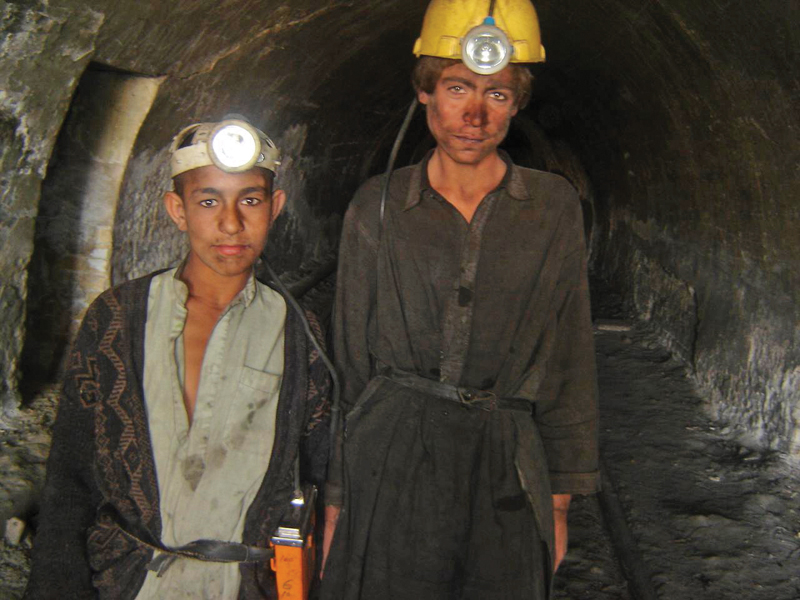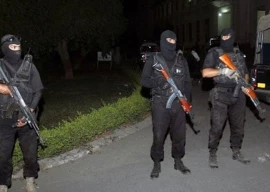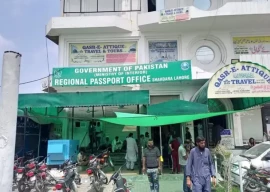
Just like any other rural area of Khyber-Pakhtunkhwa (K-P), Shangla district ‘boasts’ alarming statistics in its education sector. Yet, due to family responsibilities, most out-of-school children are forced to work in coal mines and frequent news of mining disasters explicitly trumpet the woes of these children of circumstances.
Deplorable state
The education department’s Annual Statistical Report 2013-14 suggests there are only 155 girls primary schools, 19 girls middle schools, three girls high schools and only two girls higher secondary schools for 48.5% of the 434,563 residents of the district (Population Census Organisation). The trend in the dropout rate is evident from the decreasing number of schools in grade-order. The gross enrolment of girls between the ages of five and nine years is 48% while the same rate thins down to 7% in the age bracket of 10-14 years. Meanwhile there are 152 primary schools, 49 middle schools, 36 high schools and five higher secondary schools for boys. Out of the 622 posts in the schools, 171 are vacant. To top it off, damage done by the 2005 earthquake and 2010 floods is yet to be reversed.

The social fabric of the region is marred by years of militancy and there is no dubiety in the fact that poverty and ignorance go hand in hand. It is a matter of concern that in the 26 districts of the province, Shangla is amongst the worst when it comes to literacy and standard of living.
Mining industry
Perhaps the fate of the district’s inhabitants is buried in the coal mines that employ a significant portion of its population. Children and adults alike are compelled to work in the most hazardous conditions for the sake of sustenance. Reports of people dying in mining accidents circulate every now and then. Labour rights and safety at work are utopian ideas for these people. Hardly any families are compensated for the losses and the government does little to prevent untoward accidents from happening in future. The Workers Welfare Fund (WWF) receives billions in endowment, but neither records of affected families are kept nor is the money disbursed.
Bonded labour
Many a generations are forced to work in these mines. Because of a lack of education, upward social mobility is a dream, leaving the younger generation stuck in the poverty cycle. While the WWF has built welfare complexes for the working class in different areas of the province, Shangla remains ignored.

The myopic policies of the leaders are not only letting a national resource waste away, but are risking an entire generation that should have been in school instead of navigating its way through dark mine tunnels.
Published in The Express Tribune, January 3rd, 2014.














































COMMENTS
Comments are moderated and generally will be posted if they are on-topic and not abusive.
For more information, please see our Comments FAQ